A lot of what we think we know about hair just isn’t true. From how often to cut it to whether brushing makes it grow faster, myths have a way of spreading—and sticking.
Believing the wrong advice can leave you frustrated, or worse, damage your hair over time. The truth? Most of these myths sound right but miss the mark.
It’s time to clear things up and give your hair the care it actually needs. Let’s break down what’s real and what’s just been passed around for too long.
Myth 1: Frequent Trims Make Hair Grow Faster

Many believe that cutting your hair will miraculously speed up its growth. However, hair grows from the roots, not the ends. Trims merely eliminate split ends, giving an illusion of healthier hair, not longer.
Hair grows about half an inch a month, regardless of trims. Still, regular haircuts can prevent damage, making hair appear fuller and more vibrant.
Next time you visit your stylist, enjoy the fresh look, but don’t expect a growth spurt! This ritual maintains hair health, not its speed of growth. Embrace your natural growth rhythm and style it to perfection.
Myth 2: Stress Causes Gray Hair Overnight

The idea that stress can turn your hair gray overnight is more fiction than fact. While stress can trigger hair loss or exacerbate conditions like alopecia, it doesn’t directly cause graying.
Hair pigmentation is determined by genetics and aging. Although chronic stress might play a role in accelerating aging, the sudden appearance of gray hair is largely mythological. Instead, embrace stress-reducing activities to maintain overall health.
Hair color changes are more gradual and linked to factors beyond a rough day at work. Let’s cherish our natural hues, stress-free!
Myth 3: Plucking a Gray Hair Causes More to Grow
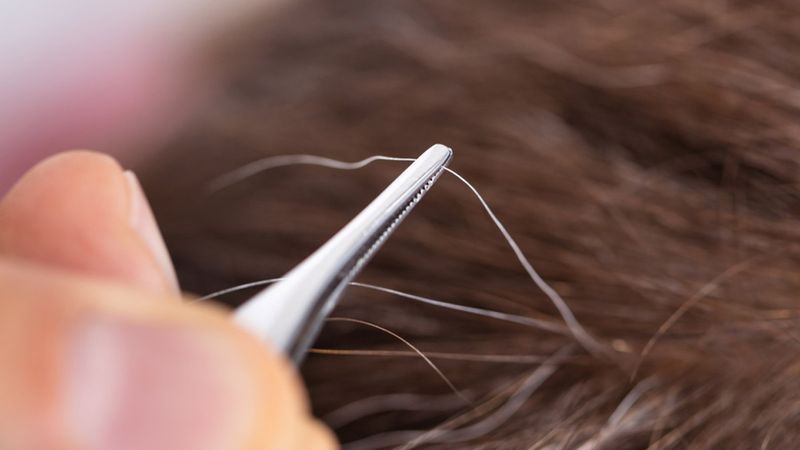
The myth that plucking a gray hair will cause multiple to grow in its place is a persistent one. However, this is simply not true. Each hair follicle is independent, and plucking one won’t influence its neighbors.
What can happen, though, is potential damage to the follicle. Constant plucking can lead to thinning or scarring, which might prevent hair from growing back. Instead, consider embracing your grays or consult a stylist for color options.
Remember, one gray hair does not signal an invasion! Celebrate uniqueness in every strand.
Myth 4: Brushing 100 Strokes a Day for Healthy Hair
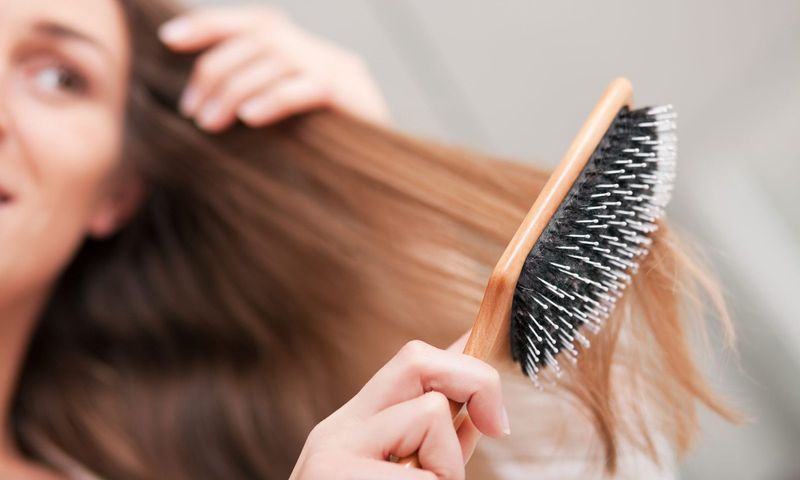
The notion that brushing your hair 100 strokes daily will make it healthier is outdated. Over-brushing can lead to breakage and damage rather than health.
While brushing helps distribute natural oils, enhancing shine, excessive strokes can stress hair, causing split ends. Opt for gentle brushing with a quality brush, focusing on detangling and maintaining softness.
Also, pay attention to the condition of your scalp. Healthy hair starts there. Let’s forget the 100 strokes and focus on what truly nourishes our hair. Less is more when it comes to brushing.
Myth 5: Cold Water Rinse Adds Shine
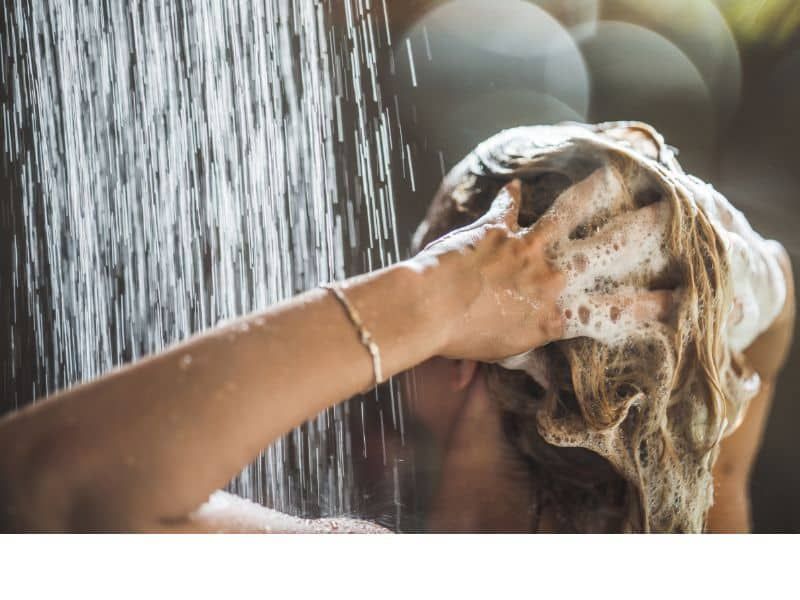
Many swear by a cold water rinse for added shine, but the truth is more nuanced. Cold water can help close the hair cuticle, adding a smoother appearance and less frizz. However, shine largely depends on the health of the hair and products used.
A balanced diet, hydrating masks, and proper care contribute more significantly to shine than water temperature. While a cold rinse may feel refreshing, it’s not a cure-all.
Taste the sensation, but focus on holistic hair health for true shine. Let’s embrace a comprehensive approach to gleaming hair.
Myth 6: Dandruff Equals Dry Scalp
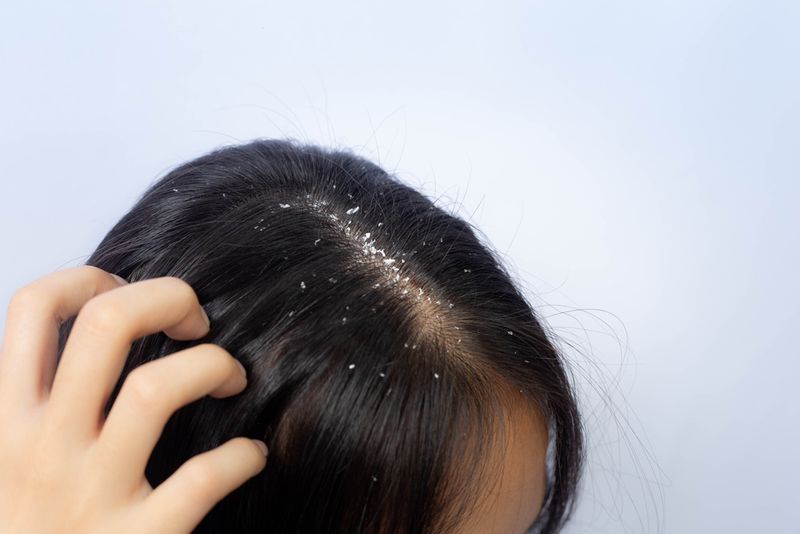
Dandruff is often mistaken for dry scalp, but they are distinct conditions. Dandruff typically results from an oily scalp, caused by an overgrowth of yeast, leading to flaking.
In contrast, a dry scalp lacks moisture, resulting in smaller, dry flakes. Treating dandruff requires targeted shampoos, while dry scalp benefits from moisture-rich treatments.
Misunderstanding these differences can lead to ineffective treatments. Identify the signs before choosing a remedy.
Understanding your scalp’s needs ensures effective care, leaving you flake-free and comfortable. Let’s decode the mystery and treat with precision.
Myth 7: Shampooing Less Makes Hair Healthier
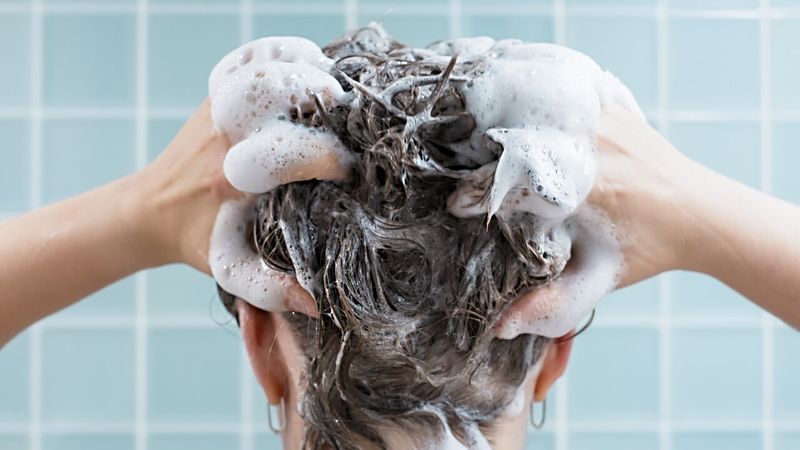
The belief that washing hair less often makes it healthier is common, but it’s not universally true. Hair type, lifestyle, and scalp condition dictate washing frequency.
Some may benefit from daily washes, while others thrive with less frequent cleansing. Natural oils nourish the scalp, but excess oil can lead to problems like dandruff or dullness.
Customizing your routine to suit hair needs is key. Listen to your hair, and don’t follow one-size-fits-all advice. Hair health is personal, and finding the right balance brings vibrancy and confidence.
Myth 8: Hair Can Repair Itself

The idea that hair can repair itself is a persistent myth, but hair is not a living tissue. Once damaged, hair doesn’t naturally heal. Split ends, breakage, or damage from heat and chemicals remain until trimmed.
While products can temporarily enhance appearance or protect further damage, they don’t repair existing issues. Regular trims, protective styles, and minimizing heat exposure promote healthier hair.
Embrace treatments that strengthen and protect, but recognize the limitations of hair’s natural repair abilities. Accepting its nature empowers better care and understanding.
Myth 9: Towel Drying is Best for Wet Hair
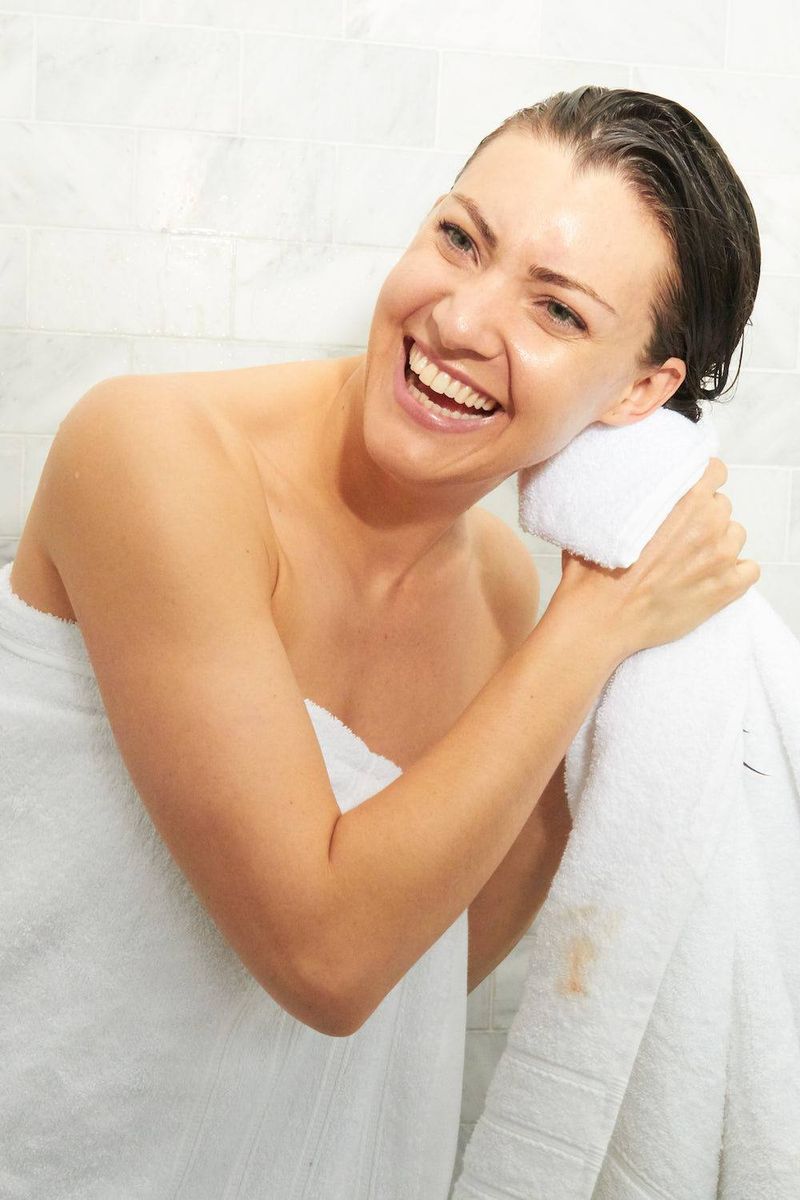
Towel drying wet hair is a common practice, but it’s not the most gentle method. Vigorous towel-drying can cause frizz, breakage, and weaken the hair shaft. Instead, opt for a microfiber towel or an old T-shirt for a softer approach.
Gently squeeze out excess water, avoiding harsh rubbing. This method maintains hair integrity and reduces frizz. Your hair deserves gentle handling, especially when wet.
Reconsider your drying routine and enjoy smoother, healthier hair. It’s the little changes that can make a big difference in hair health.
Myth 10: Conditioner Isn’t Necessary for Oily Hair
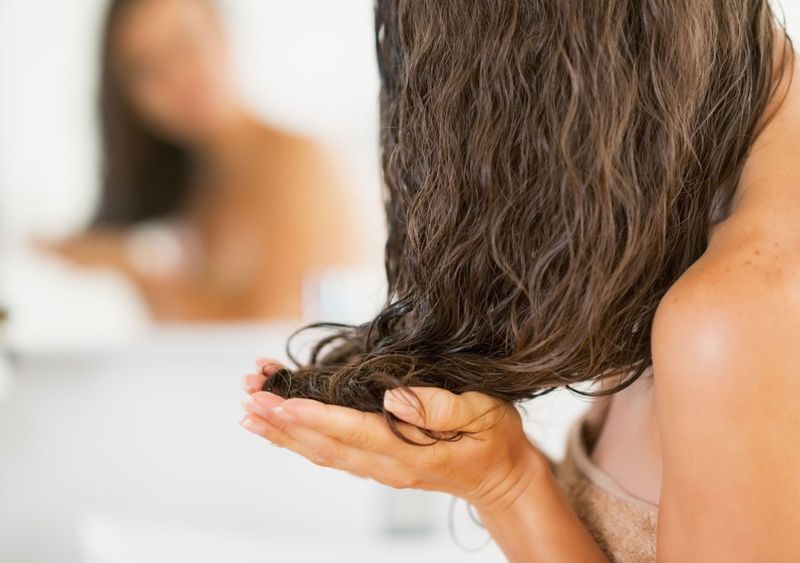
Skipping conditioner on oily hair might seem logical, but it’s a misconception. Conditioner is essential for all hair types, including oily.
It helps balance moisture and protect the hair cuticle. Choosing the right conditioner, focusing on the ends, can enhance oil management without weighing hair down.
Proper use avoids greasiness and leaves hair nourished. Oily hair still benefits from conditioning, just with products tailored to its needs. Don’t neglect this step in your routine. Balance is key to gorgeous, manageable hair, regardless of its natural oiliness.
Myth 11: Hair Grows Faster in Summer
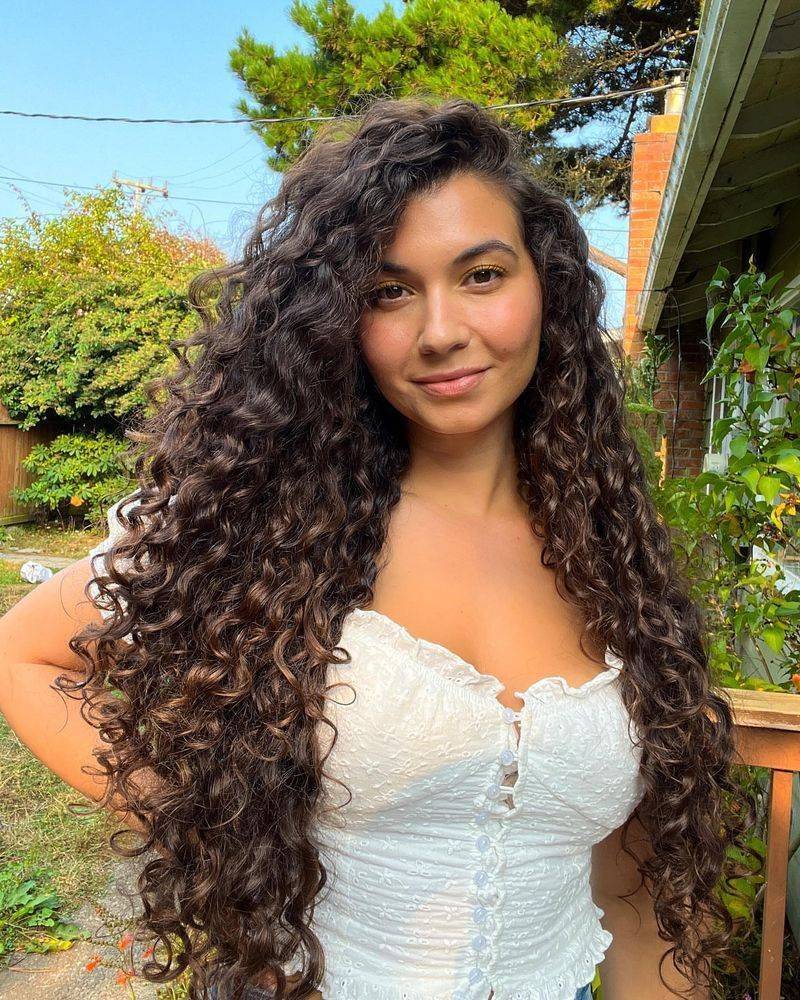
The idea that hair grows faster in summer is partially true. Warmer weather increases blood circulation, potentially enhancing growth.
However, other factors like diet, health, and genetics play a significant role. Summer’s effect is not drastic, and consistent care is what truly benefits growth. Keeping hair healthy with appropriate care maintains its natural growth rhythm year-round.
Protect it from sun damage, and nourish it with a balanced diet. Embrace the sunshine, but rely on holistic practices for growth. Celebrate each season’s unique influence on your hair.
Myth 12: Split Ends Can Be Repaired

Split ends are a common hair woe, and many believe they can be repaired with products. However, once the hair splits, it can’t be truly mended.
Products may temporarily seal or smooth the appearance of split ends, but cutting them is the only solution for removal. Regular trims and nourishing treatments prevent further damage, keeping hair looking fresh.
Understand the nature of split ends to manage them effectively. Avoiding false promises empowers better care. Let’s cut to the chase: healthy maintenance requires accepting some trimming.
Myth 13: Natural Oils are Better than Commercial Products
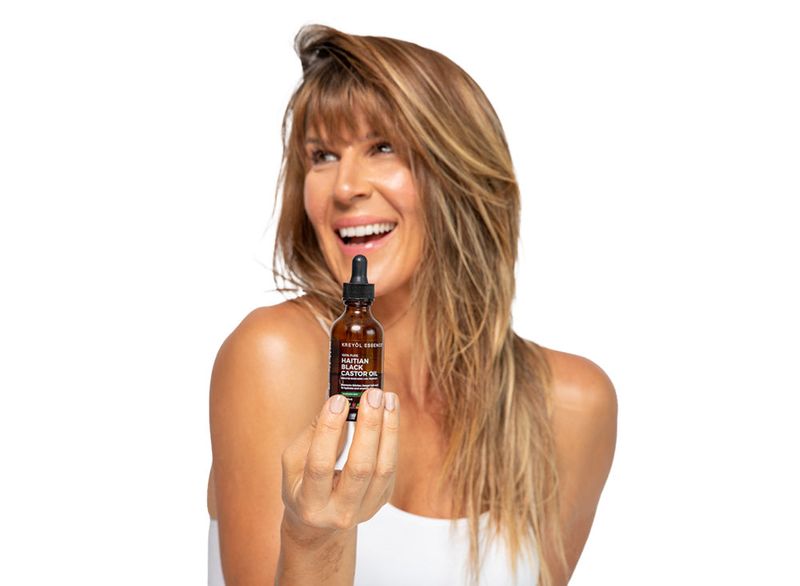
Natural oils like coconut or argan are hailed as hair saviors, but they aren’t always superior to commercial products. While oils can provide moisture and shine, they may not address specific hair concerns.
Commercial treatments are formulated to target various issues, offering balanced solutions. Combining natural and commercial products can optimize care, catering to individual needs. Assess your hair’s unique requirements and choose products accordingly.
A mix of nature and science brings the best of both worlds. Embrace a tailored approach for healthy, beautiful hair.
Myth 14: Sleeping with Wet Hair Causes Colds

The belief that sleeping with wet hair can cause a cold is a widespread myth. Colds are caused by viruses, not damp hair. However, sleeping with wet hair can lead to fungal infections on the scalp due to trapped moisture.
It may also result in tangles and breakage. Opt for drying hair before bed for comfort and health. Understanding the real risks ensures better care and peace of mind.
Keep your head dry and cozy, but fear not the cold myth. Prioritize comfort over misconceptions for restful sleep and healthy hair.
Myth 15: Men and Women Need Different Hair Products
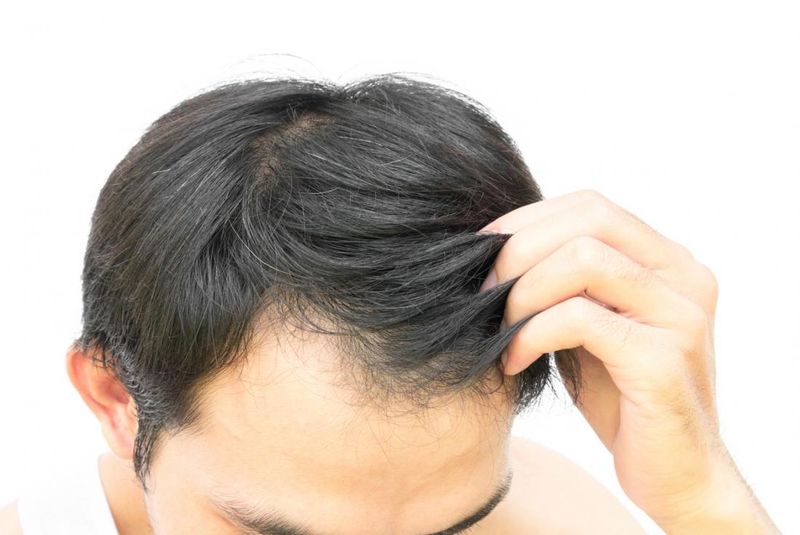
The notion that men and women require different hair products is misleading. Hair care needs depend on hair type and condition rather than gender.
Ingredients that benefit hair health are universal, though marketing often targets specific demographics. Understanding your hair’s texture, thickness, and needs is vital in choosing the right products.
Both men and women can benefit from the same treatments if they address their unique hair challenges. Embrace diversity in hair care, and focus on what truly supports your hair’s vitality. It’s all about personal needs, not gender.
